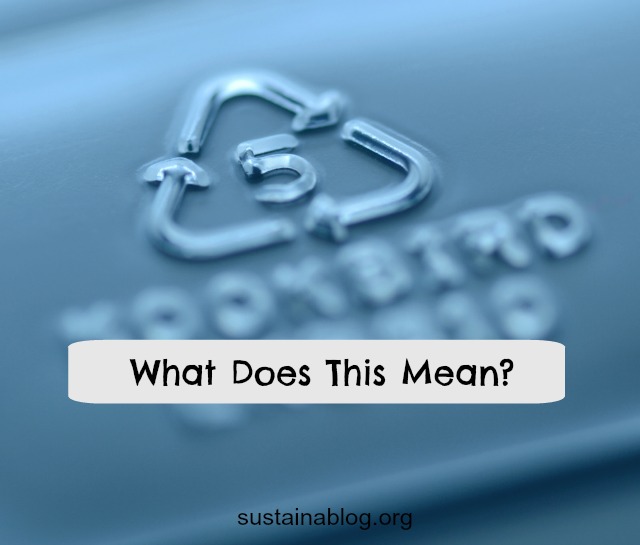Sustainable solutions for ending water bottle waste
This is a question we have confronted at TerraCycle in many different circumstances, as sustainable alternatives to existing products or materials are not always truly sustainable right away.
 Tom Szaky, the founder of Terracycle, addresses this issue in a Packaging Digest article. The current system wasn’t designed for consumers, but for recyclers. And, unlike people in the business, the average person doesn’t understand – or care about – the type of resin in a product, or whether a hybrid package has some materials that can be recycled, and some that can’t. S/he just wants to know if they can toss _____ in the blue bin. Szaky points to the How2Recycle label as a consumer focused alternative: created by GreenBlue’s Sustainable Packaging Coalition, this label focuses on consumer needs… and, if implemented, could help raise plastic recycling rates.
Tom Szaky, the founder of Terracycle, addresses this issue in a Packaging Digest article. The current system wasn’t designed for consumers, but for recyclers. And, unlike people in the business, the average person doesn’t understand – or care about – the type of resin in a product, or whether a hybrid package has some materials that can be recycled, and some that can’t. S/he just wants to know if they can toss _____ in the blue bin. Szaky points to the How2Recycle label as a consumer focused alternative: created by GreenBlue’s Sustainable Packaging Coalition, this label focuses on consumer needs… and, if implemented, could help raise plastic recycling rates.

 Most consumers will not go out of their way to determine if they can recycle product packaging, so the only other viable solutions from a consumer’s point of view are to: (A) stop buying the product altogether to prevent further waste generation; (B) throw it away with no attempt at recycling; or (C) find an alternative recycling program for the post-consumer waste, such as the new Zero Waste Boxes offered by TerraCycle, allowing anyone to recycle any non-hazardous solid packaging and other waste.
Most consumers will not go out of their way to determine if they can recycle product packaging, so the only other viable solutions from a consumer’s point of view are to: (A) stop buying the product altogether to prevent further waste generation; (B) throw it away with no attempt at recycling; or (C) find an alternative recycling program for the post-consumer waste, such as the new Zero Waste Boxes offered by TerraCycle, allowing anyone to recycle any non-hazardous solid packaging and other waste.
 This is a primary component of the circular economy and Cradle-to-Cradle production, topics widely discussed throughout the conference halls and auditoriums of the Annual Meeting. This was even the first year of the WEF’s Circular Economy Awards, during which TerraCycle received “Highly Commended” recognition. Needless to say, the circular economy is starting to receive the attention it deserves.
This is a primary component of the circular economy and Cradle-to-Cradle production, topics widely discussed throughout the conference halls and auditoriums of the Annual Meeting. This was even the first year of the WEF’s Circular Economy Awards, during which TerraCycle received “Highly Commended” recognition. Needless to say, the circular economy is starting to receive the attention it deserves.
 Is there a role for government in outsmarting waste? Instead of voluntary EPR programs (such as TerraCycle has innovated), should there be an expansion of mandatory EPR laws? Should other laws or policies require producers to take more responsibility for the waste that their products generate and for the environmental impact associated with that waste?
Is there a role for government in outsmarting waste? Instead of voluntary EPR programs (such as TerraCycle has innovated), should there be an expansion of mandatory EPR laws? Should other laws or policies require producers to take more responsibility for the waste that their products generate and for the environmental impact associated with that waste?
 Tom Szaky, explores why the garbage crisis exists and explains how we can solve it by eliminating the very idea of garbage. To outsmart waste, Szaky says, we first have to understand it, then change how we create it and finally rethink what we do with it. The following excerpt from the introduction, teaches us that waste need not be the final stage.
Tom Szaky, explores why the garbage crisis exists and explains how we can solve it by eliminating the very idea of garbage. To outsmart waste, Szaky says, we first have to understand it, then change how we create it and finally rethink what we do with it. The following excerpt from the introduction, teaches us that waste need not be the final stage.
